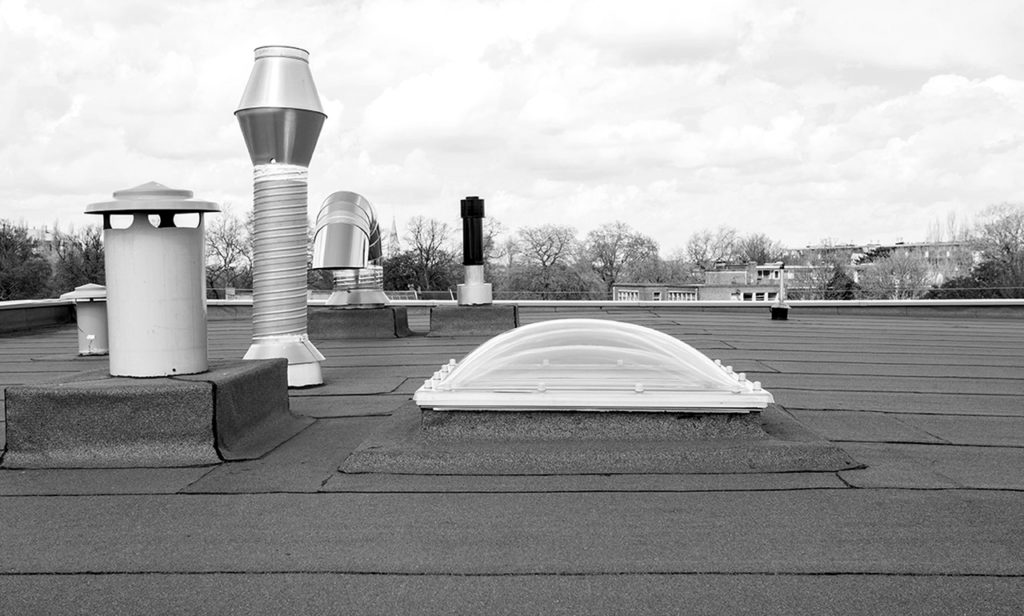We were recently called to visit an industrial plant because the management had contract workers on the warehouse roof working on some HVAC units that were in close proximity to skylights installed to provide natural light, which has a positive effect on the workspace below. An astute employee commented that the skylights needed protection because, in his words, OSHA considers skylights to be “holes” that someone could accidentally fall through. We were asked about this and thought that it would be an excellent time to clarify the situation.
Clarification of OSHA “Hole”
OSHA defines a hole, both in its general industry walking/working surface standards and its construction fall protection standard, as follows:
“A gap or void, 2 or more inches in its least dimension in a floor, roof, or other walking/working surface.”
This means that any opening in a roof that is greater than two inches at its smallest dimension is technically a hole. This size is typically smaller than most people would consider to be problematic because they think of people falling through holes; however, the concern is that someone could trip on a small hole or kick or drop something through it, which could potentially injure someone below. Small holes could also pose problems for ladder stability, forklifts, man lifts, scaffolds, and a wide array of other equipment used on a job site by making them, even slightly, unstable. So, many larger, more obvious holes are protected in the work area, but smaller holes often get overlooked or intentionally ignored because people feel that they do not pose a hazard or that it would be too time-consuming to cover them all. All holes need to be covered (if not with a permanent cover, then with something that will support at least double the maximum intended load), prevented from moving, and marked with signs that say “HOLE” or “COVER.”
Skylights = “Holes” In Your Roof
Getting back to the skylights, the point is that not all covers are meant to protect human life. We are not talking about an unfinished hole prior to installation, but finished skylights that people could fall through, which make them “holes.” Translucent fiberglass panels also fall into this category because they can support the weight of a person and have become a concern for firefighters because they are often hard to distinguish from regular roofs in dark or low-visibility conditions.
How To Protect Workers From Skylight Fall
While personal fall arrest systems can be used to protect your workers, there are also products on the market specifically designed to protect skylights. Garlock Safety Systems manufactures a screen covering and a guardrail protection system that are both compliant and a cost-effective way to protect your workers. These products are a form of passive fall protection, so they do not require special training and are very difficult to defeat. Where possible, passive fall arrest systems are preferred over active fall arrest systems for protection.
